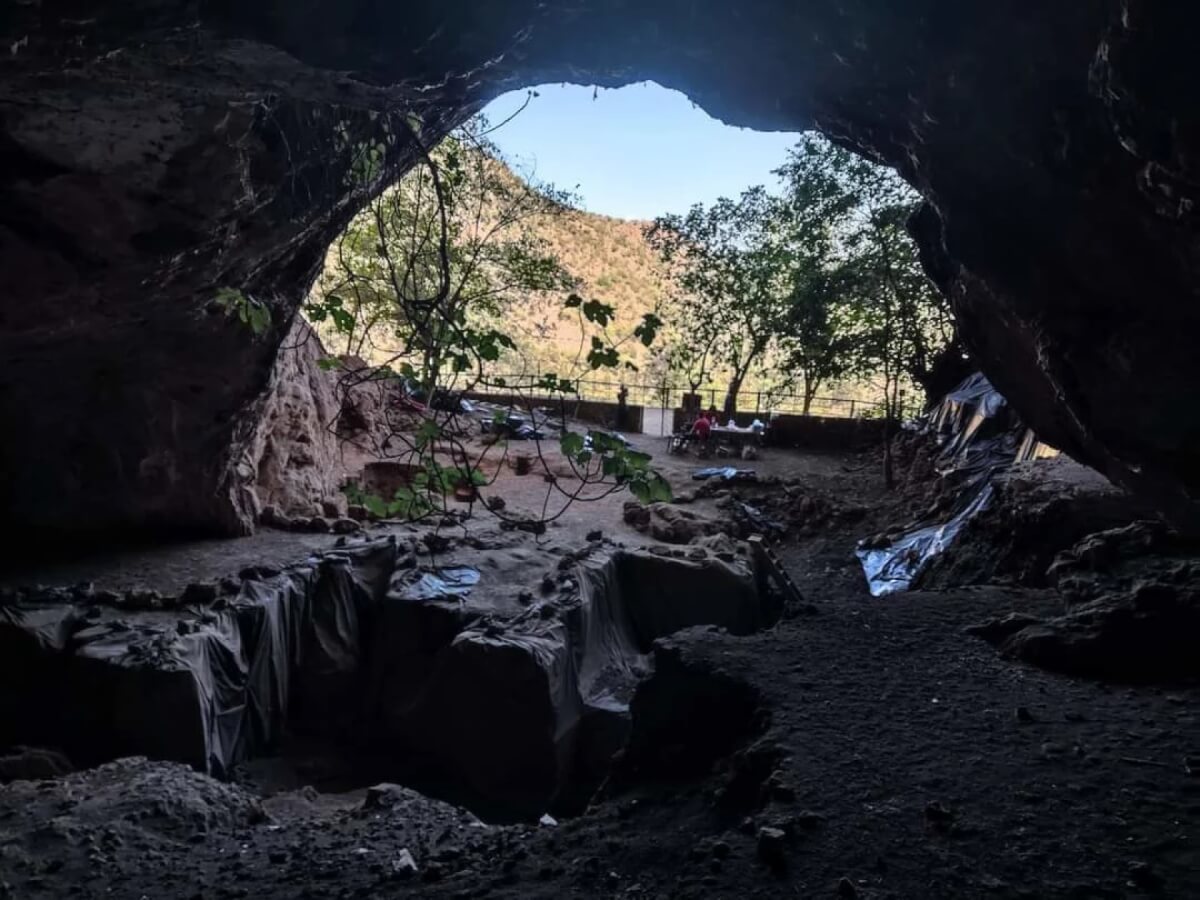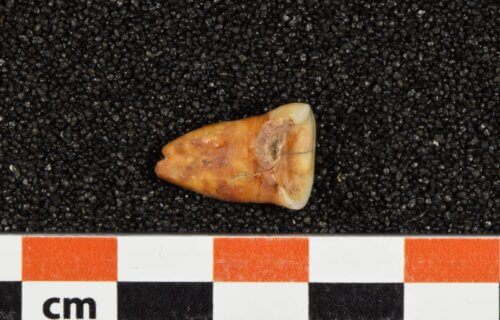LEIPZIG, Germany — When we picture our ancient ancestors, many of us imagine groups of hunters pursuing woolly mammoths or spearing fish. However, surprising new research suggests that Stone Age humans living in Morocco over 13,000 years ago actually ate a diet rich in plants, challenging long-held assumptions about the eating habits of early people.
A groundbreaking study published in the journal Nature Ecology & Evolution analyzed the fossilized teeth of humans buried at a site called Taforalt in Morocco, which contains one of the oldest known cemeteries in North Africa. By scrutinizing different forms of chemical elements preserved in the tooth enamel and bones, the researchers were able to piece together clues about what these Stone Age Moroccans were eating on a regular basis.
It turns out that plants likely made up a major part of their diet – a finding that goes against the grain of what archaeologists have long believed about hunter-gatherers of this time period. The researchers detected the chemical signatures of a plant-based diet locked inside the ancient teeth and bones.
So, how exactly did the scientists sleuth out these ancient food sources? They used a variety of CSI-like techniques to examine different versions or “isotopes” of elements like zinc, nitrogen, carbon, and strontium. You can think of isotopes as atomic variations of elements that contain different numbers of neutrons.
For example, the researchers looked at the ratio of two zinc isotopes in the tooth enamel. Zinc-66 is a slightly heavier version of zinc than zinc-64. The ratio of these two isotopes tends to decrease as you move up the food chain from plants to herbivores to carnivores. The ancient Moroccan teeth had zinc isotope ratios similar to contemporaneous herbivores like gazelles and Barbary sheep, suggesting their diets contained a lot of plants.
The team also examined nitrogen isotopes, which tend to become more enriched in heavier isotopes like nitrogen-15 compared to nitrogen-14 as you move up the food chain. Again, the nitrogen isotope ratios in the human remains closely matched those seen in herbivores, corroborating the zinc evidence for a heavily plant-based diet.

Carbon isotope analysis told the researchers that the plants these Stone Age people were eating used what’s known as the C3 photosynthetic pathway. This includes common plant foods like legumes, tubers, and nuts. Chemical traces also hinted that these people may have been using fire to roast their food, unlocking more nutrients.
Putting all these isotopic “fingerprints” together, a picture emerges of an ancient population that relied much more heavily on gathered plant foods than hunted meat. The researchers estimate that around 50 percent of the protein in their diets came from plants. This is more akin to what we see in later farming societies than in stereotypical depictions of hunter-gatherers.
The findings from Taforalt add to a growing body of evidence that prehistoric people around the world ate extremely diverse diets and had sophisticated ways of processing plant foods to make them more digestible and nutritious – long before the advent of agriculture. We now know that even Neanderthals ate a wide variety of plants.
So, why does it matter what people were eating over 13 millennia ago in North Africa? For one, it provides a more accurate and nuanced understanding of how our ancestors really lived. The traditional view of prehistory centered around a masculine ideal of “man the hunter.” But as the Taforalt discoveries show, gathering and processing plants were likely just as important to the diets and lifestyles of ancient people.
The research also sheds light on the deep roots of the human relationship with plants. Over thousands of years, people around the world independently reached a major turning point where they began to cultivate and domesticate plants – a major milestone we know as the Neolithic Revolution. The Taforalt findings suggest that the groundwork for this transition was laid long before, as Stone Age people learned to harness the nutrients in wild plants.
It’s a misconception that ancient hunter-gatherer diets were narrow or unsophisticated. The story of the Taforalt people shows that prehistoric diets were likely far more diverse, plant-rich, and thoughtfully prepared than we’ve given our ancestors credit for. As research techniques grow more advanced, archaeology is revealing a humbling truth: ancient people were more like us than we ever imagined.
Article reviewed by StudyFinds Editor Chris Melore.
